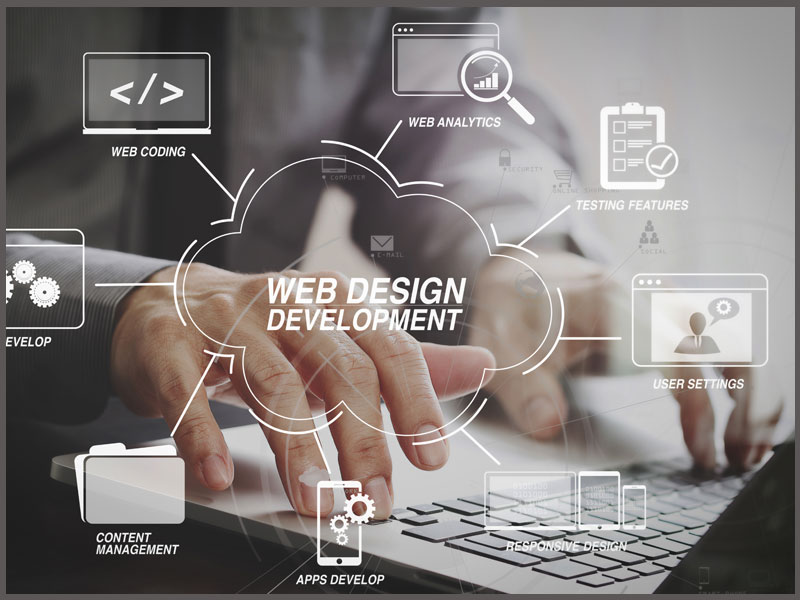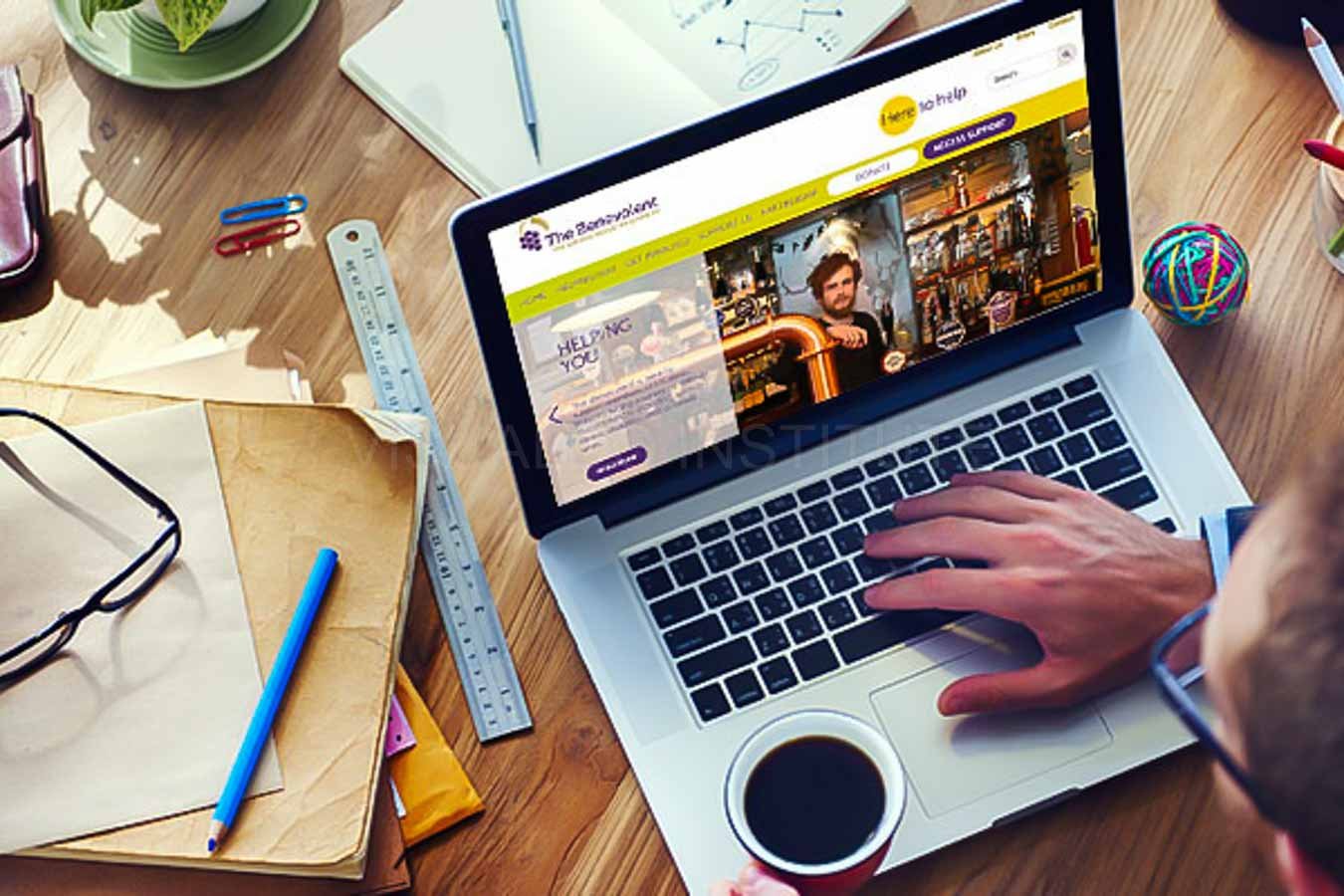Understanding Customer Experience: Key Concepts for Successful Website Design
In the world of website design, comprehending user experience (UX) is extremely important to creating systems that not just attract yet also maintain users. Secret concepts such as intuitive navigating and reliable feedback systems play essential functions in fostering individual satisfaction. Furthermore, factors to consider for availability ensure that all individuals can involve with the content effortlessly. The subtleties of visual layout and the significance of repetitive testing typically continue to be overlooked. As we check out these fundamental elements, it ends up being obvious that understanding UX is not just an alternative but a necessity for success. What are the ramifications of ignoring these concepts?
Relevance of Customer Experience

In the world of web layout, one can not ignore the significance of individual experience (UX) as a pivotal component that straight influences the success of a website. When individuals encounter a engaging and instinctive interface, they are much more most likely to check out the material, convert into customers, or share their experiences with others.
Furthermore, the significance of UX prolongs beyond plain looks. It encompasses the general capability of a site, making sure that navigating is seamless and info is conveniently obtainable. Sites that focus on UX are usually perceived as more trustworthy and trustworthy, which can have an extensive effect on conversion rates. On the other hand, inadequate UX can result in stress, resulting in high bounce rates and lost chances.
Inevitably, spending in user experience is not just a style option; it is a tactical decision that can set apart a brand name in a jampacked market. By concentrating on UX, organizations can develop significant interactions that resonate with users, leading the way for sustained success in the digital landscape.
Usability Concepts
Reliable internet design rests on the application of vital use concepts that ensure a site is both straightforward and useful. Central to these principles is the concept of intuition, where users can navigate the site effortlessly without extensive guideline. Clear navigation structures, consisting of well-labeled food selections and regular formats, improve this intuitive experience, allowing users to find info swiftly.

Uniformity is similarly crucial; maintaining uniformity in layout components, terminology, and procedures throughout the site helps to decrease complication. Individuals must not need to relearn exactly how to communicate with various areas of the site.
Additionally, mistake prevention and recuperation are crucial for functionality. Sites should be created to reduce the opportunity of individual mistakes, and when errors take place, positive and clear error messages should assist users in the direction of resolution.
Ease Of Access Factors To Consider
Guaranteeing access in website design is extremely important for producing comprehensive digital experiences that deal with all users, consisting of those with disabilities. Availability considerations include developing sites that suit diverse demands, allowing customers with aesthetic, auditory, cognitive, or electric motor problems to navigate and engage efficiently.
To accomplish this, internet designers must stick to established standards, such as the Web Web Content Accessibility Guidelines (WCAG) These guidelines supply a structure for making content perceivable, operable, reasonable, and durable. Trick practices include making certain sufficient shade contrast, offering text options for non-text web content, and ensuring keyboard navigability.
Furthermore, semantic HTML needs to be made use of to enhance display reader compatibility, enabling users with visual disabilities to understand the framework and definition of web content intuitively. web design. Supplying clear, concise instructions and making use of uncomplicated language can additionally boost usability for people with cognitive disabilities
Normal ease of access screening, including real customers with specials needs, is important to identify barriers and boost the individual experience. By focusing on availability, internet developers not only follow legal criteria but also cultivate a more fair electronic landscape, ultimately benefiting everyone with enhanced functionality and engagement.
Visual Layout Components
A myriad of visual layout aspects plays a vital duty in shaping individual perceptions and experiences on from this source a web site. These elements consist of color pattern, typography, imagery, design, and whitespace, each contributing to the general aesthetic appeal and effectiveness of a website.

Color design stimulate emotions and can influence customer activities; for example, cozy shades might develop a feeling of necessity, while cool shades frequently advertise calmness. Typography, on the various other hand, affects readability and can establish a brand name's individuality - web design. The option of font design and dimension have to straighten with the website's goals and target market
Images, including icons and photos, improves narration and can significantly affect customer interaction. Top quality visuals produce a sense of professionalism, while poor-quality photos may interfere with the user experience.
Layout and whitespace are similarly vital, as they guide customers with the content. A well-structured layout helps customers discover details rapidly, while ample whitespace stops mess, facilitating a more satisfying browsing experience.

Evaluating and Version
Customer testing and version are fundamental parts of an effective website design process. These practices make it possible for designers to gather important comments from actual users, guaranteeing that the end product satisfies their requirements and assumptions. User screening entails observing just how actual users communicate with a site, recognizing usability issues, and understanding customer habits. This direct responses is essential in exposing discomfort points that might not appear throughout the design phase.
Version, on the other hand, is the procedure of improving the layout based upon the understandings got from customer testing. By making incremental changes and re-evaluating the style, groups can boost capability, improve visual appeals, and enhance customer engagement. This intermittent method fosters a culture of constant renovation, allowing designers to adjust to user demands and emerging fads properly.
In addition, integrating both customer testing and iteration into the design procedure brings about more enlightened decision-making and ultimately results in an extra user-centered product. By accepting these principles, internet designers can produce much more intuitive, appealing, and reliable experiences that resonate with their target market, eventually driving greater individual contentment and retention.
Final Thought
In conclusion, user experience is a crucial component of effective web layout, including usability, access, and visual considerations. Continual screening and model offer as important procedures for identifying and resolving customer pain points, ensuring that internet designs remain versatile to progressing needs.
In the realm of internet layout, understanding customer experience (UX) is critical my blog to producing platforms that not only attract yet likewise preserve users.In the realm of internet design, one can not undervalue the significance of user experience (UX) as an essential component that straight affects the success of a site. User testing includes observing exactly how real customers engage with a web site, determining usability problems, and understanding individual actions.In conclusion, user experience is a vital part of reliable web design, encompassing click for info use, availability, and visual considerations. Continual testing and model offer as vital processes for dealing with and determining customer pain factors, guaranteeing that web designs continue to be versatile to evolving requirements.